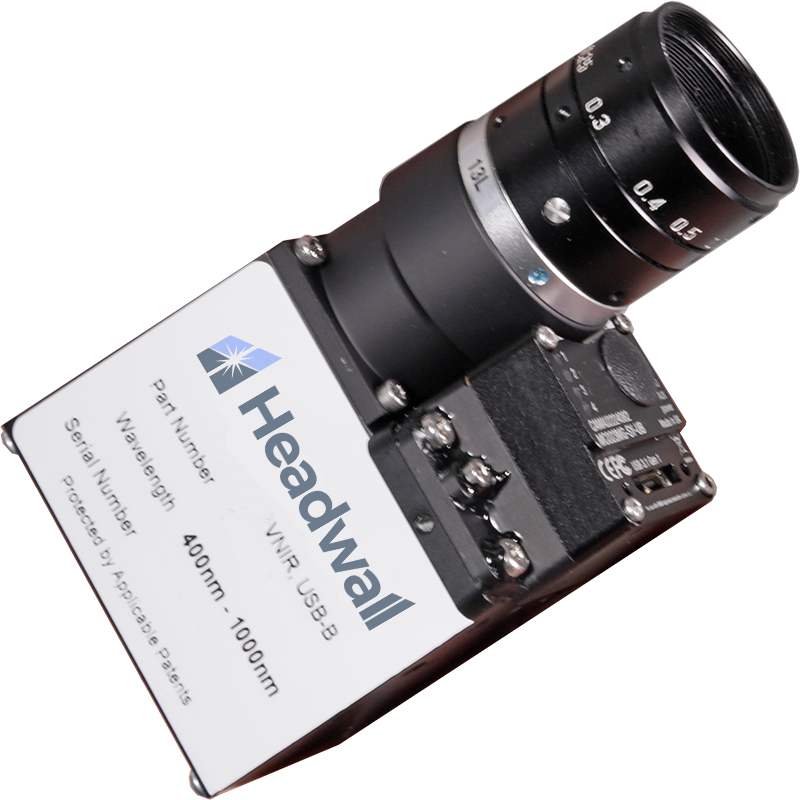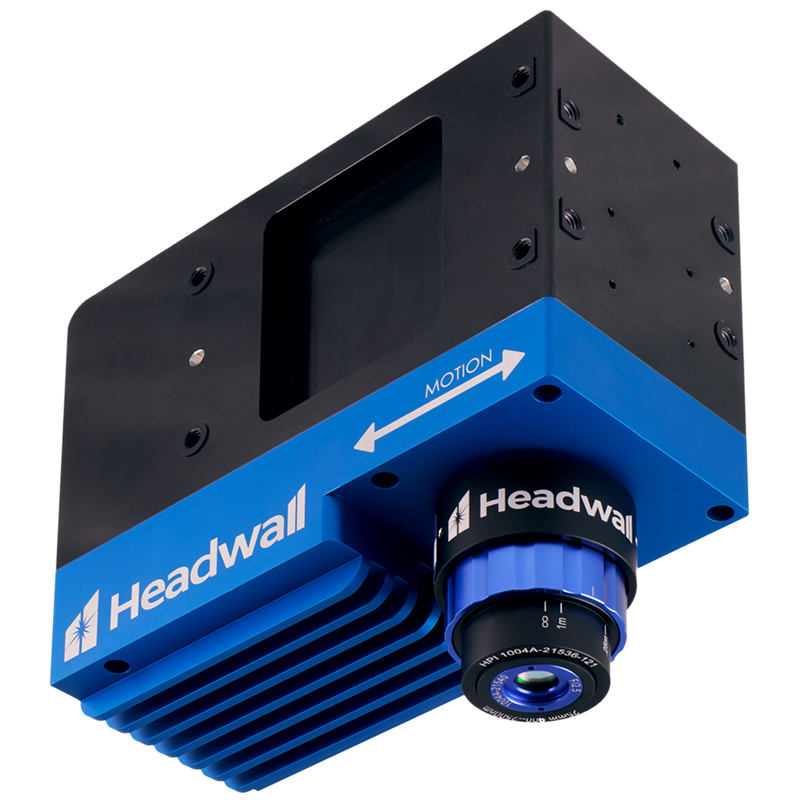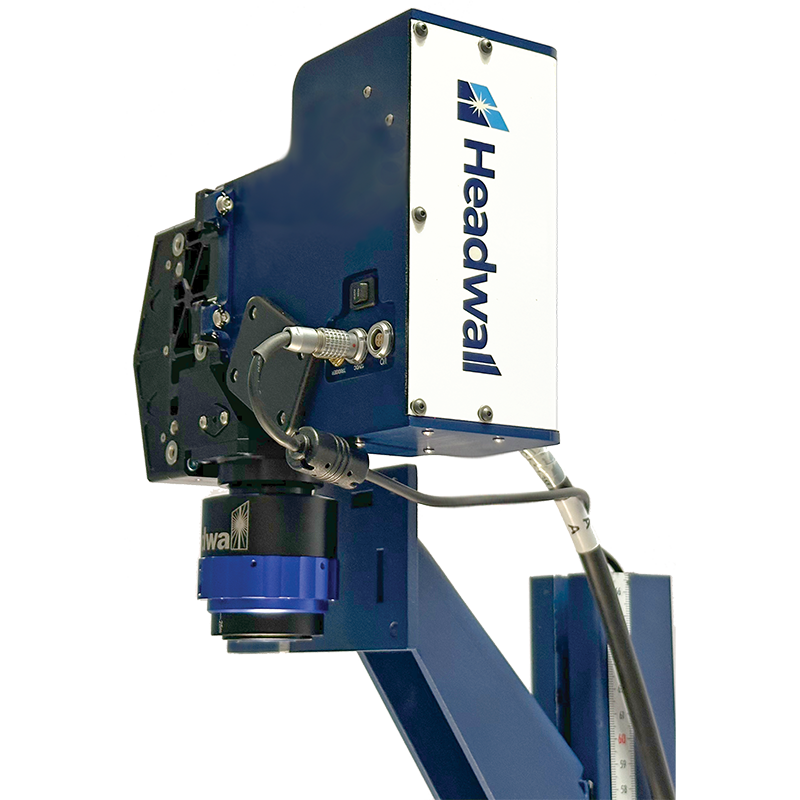Sort and Detect
From specialty crops to seafood and poultry, the global food inspection industry needs newer and more precise tools to meet stringent government regulations.
Uncertainty resulting from reliance on human inspectors or limited capability RGB cameras is creating a strong drive for adoption of advanced high-resolution imaging systems that are simultaneously robust, affordable, and easy to deploy.

Improved ability to sort and timely detection of contamination by techniques like hyperspectral imaging help food producers assure the quality and consistency of their products and avoid costly and brand-damaging recalls.
The ability to grade food products based on numerous geometric and spectral classifications is a key differentiator for hyperspectral imaging sensors. Nuts and specialty crops can be inspected based not on simple pass or fail metrics, but on more subtle characteristics that maximize quality and throughput.
Case studies

Cayenne and Oregano
Spectral classification via the perClass Mira Software makes the task of assessing herb and spice quality less challenging by providing a clear indication of the presence of adulterants, and also provides a workflow of detecting unknown adulterants and additives.

Foreign Object Detection in Cheese
When large blocks of cheese are unwrapped, cut, and repackaged, processors must inspect the cheese for any remaining debris. Clear or even tinted plastic is notoriously difficulty to spot by eye or conventional inspection methods. Recalls are costly and damaging to a brand’s reputation. Headwall’s MV.C NIR and perClass Mira Software provide a solution for detecting foreign objects in cheese manufacturing and packaging.

Surface Moisture Estimation of Bread: Rapid, Non-Contact Measurement
A significant challenge for industrial production of baked goods is monitoring moisture content. This attribute is
a crucial measurement at all stages of production. Raw materials can contain water that can cause clumping or degradation of products during storage, lowering shelf-life and product value down.

Non-Contact Prediction of Blueberry Brix
Headwall’s hyperspectral imaging (HSI) technology, blueberries can be inspected based on their condition, and their Brix value can be predicted, allowing for a non-destructive, rapid measurement of large quantities of berries, with results in real time.

Fish Inspection
By scanning product passing underneath, Headwall’s hyperspectral imaging systems can produce a histamine map for each fish fillet, and can calculate average values and send results to a plant control system for archiving or to alert an operator.

Oregano and Parsley
Herbs and spices are one of the worst offenders of food fraud. Their complex cross-border supply chains, high price per kilogram, and the fact that they are often sold in powder or particulate forms make them prime targets for adulteration, dilution, and substitution with cheaper materials.



